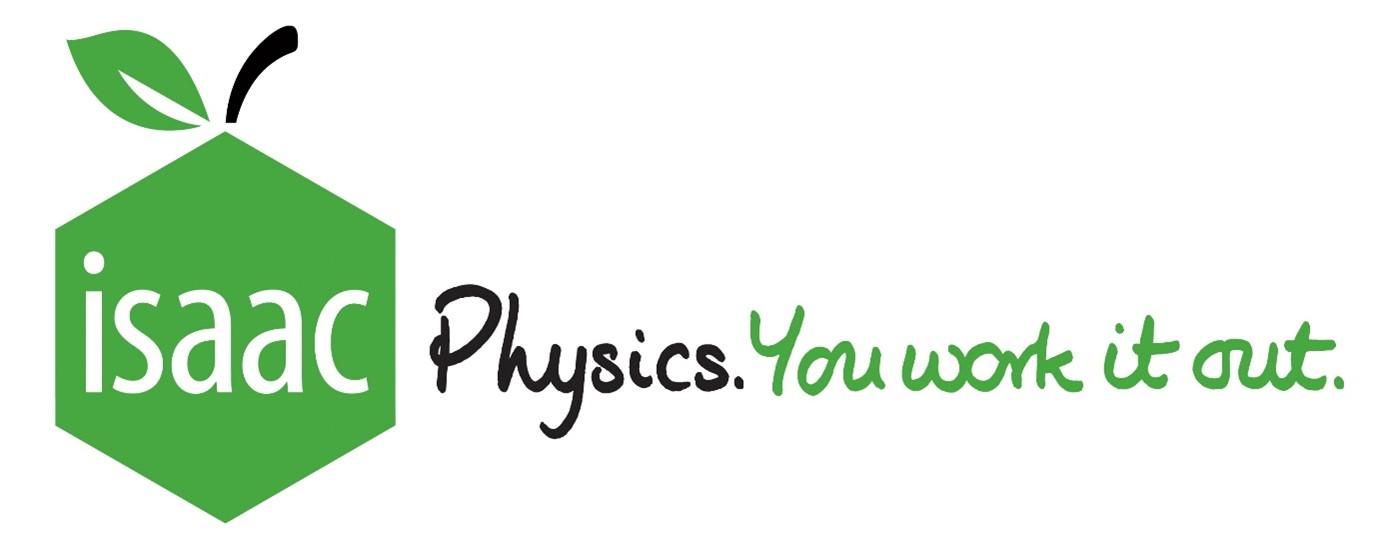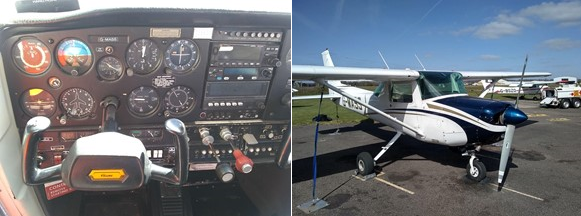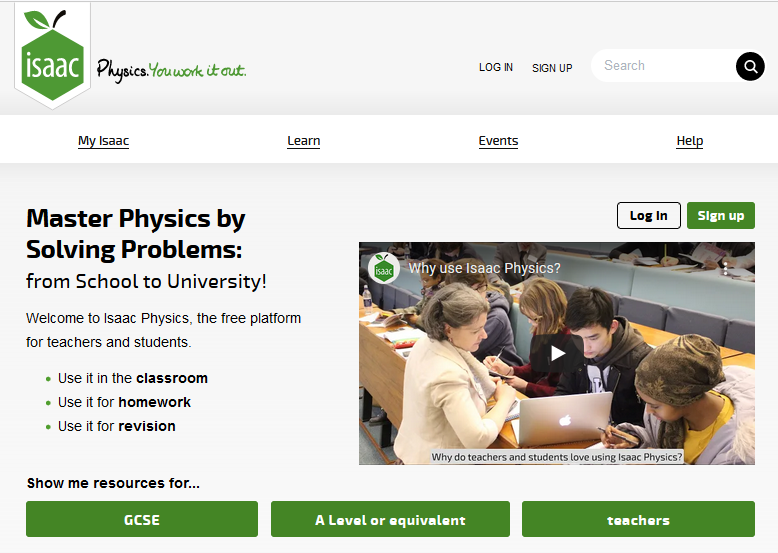
Commercial Aviation
Commercial Aviation in the UK usually represents a £20G annual turnover, directly supporting over 230 000 jobs1. Skilled roles include aircraft design and maintenance engineering, air crew, air traffic control, and airport management. It is not just the airlines who need aircraft, pilots and flight engineers - emergency services rely on helicopter support (for example), global emergency relief efforts use light aircraft, while air cargo is a central part of the global economy.
An understanding of Physics is vital to many of these jobs. A school physics qualification, for example, enables you to understand much of the content of the examinations sat by trainee pilots to obtain their licences.
While the principles of Physics form the basic knowledge used by Aeronautical Engineers as they design new aircraft to fly safely and efficiently, in this session we will look more at the role Physics plays in the day-to-day business of operating and flying an aeroplane.
It is vital that pilots and aircraft can fly even if they are in cloud and cannot see the ground. This necessitates the use of flight instruments in the cockpit to inform the pilot of what their aircraft is doing. We will look at working examples of these instruments.
Using screenshots of a simulated flight, we will then look at how a pilot checks that they are approaching a runway correctly for landing using physics calculations.
An aircraft will not fly safely unless the load is balanced properly. Using an example, we will see how pilots and airline officials calculate that aircraft are safely loaded for flight.
Isaac Physics https://isaacphysics.org is an online platform with thousands of FREE physics problems of varying challenge to take you from GCSE to university. We also have online resources for topic revision and quizzes to test your progress. Research shows that using Isaac Physics regularly will improve your grade and the likelihood of being offered a place in a good university and meeting your offer.
You can try out some aircraft calculations for yourself on the Isaac Physics platform by following the links below. Your work will be marked automatically, and you will receive feedback based on your answers.
Isaac Physics questions:
Glidepath: https://isaacphysics.org/questions/phys_at_work_glidepath
Mass and Balance: https://isaacphysics.org/questions/phys_at_work_aircraft_balance
Mass and Balance sheet for practice: https://cdn.isaacphysics.org/isaac/documents/mass_and_balance.pdf
The electronic flight instrument demonstrated uses a Raspberry Pi Zero (a £5 computer) and a Sense Hat board. More information about the Raspberry Pi can be found at https://www.raspberrypi.org/
Further Resources:
Isaac Physics (of course) http://isaacphysics.org
Anton's Book https://cdn.isaacphysics.org/isaac/books/fluid_mechanics_aviation_physics.pdf
Air Traffic Control https://www.nats.aero/careers/trainee-air-traffic-controllers/ (includes online competence assessment games)
Royal Aeronautical Society (Aeronautical Engineering) https://www.aerosociety.com/
Guild of Air Pilots https://www.airpilots.org/ (includes information on scholarships to enable you to learn how to fly)
UK Civil Aviation Authority https://www.caa.co.uk (the Skyway Code and Safety Sense leaflets are particularly interesting)
US Federal Aviation Authority has free downloadable handbooks on all aspects of flight and flying https://www.faa.gov/regulations_policies/handbooks_manuals/
British Gliding Association https://www.gliding.co.uk/try-gliding/become-a-pilot/
Light Aircraft Association http://www.lightaircraftassociation.co.uk/
British Model Flying Association https://bmfa.org/
...and why not visit your local airfield?
Reference
1 https://www.ctp.org.uk/assets/x/55122 CTP in partnership with the Ministry of Defence


